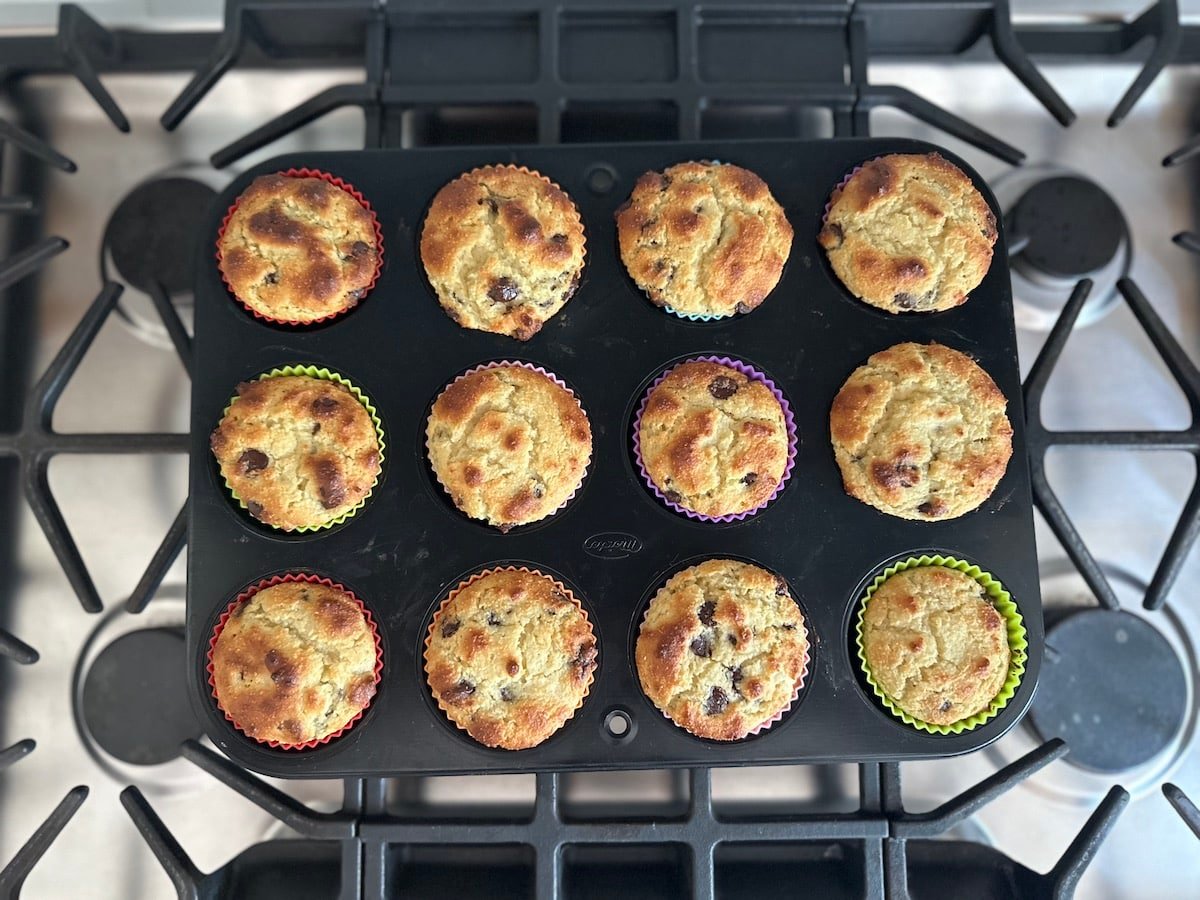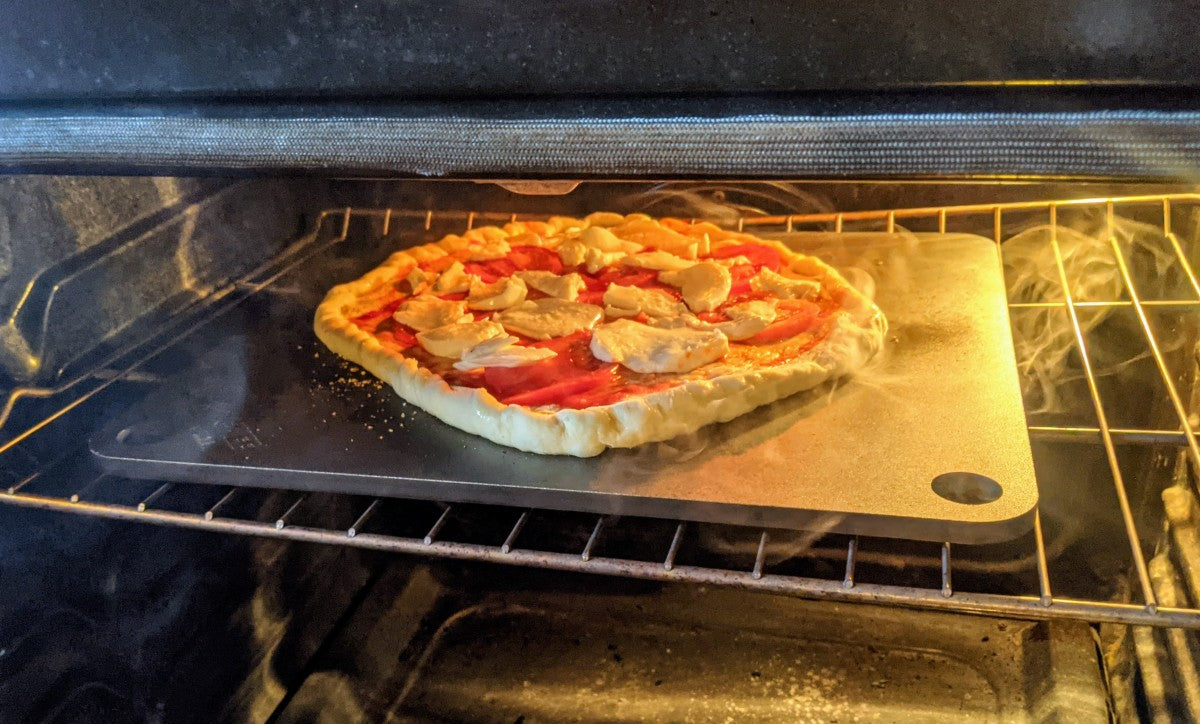The Role of Thermal Mass in Baking Stones
In the realm of professional baking, understanding the nuances of heat transfer can significantly elevate your culinary creations. Thermal mass in baking stones is a concept that offers bakers the ability to manipulate and enhance the baking process. Sitting at the heart of this phenomenon, thermal mass ensures even heat distribution and retention, factors that are critical for achieving the perfect bake. But why is this concept so pivotal, and how can kitchen professionals leverage this to their advantage?

The Science Behind Baking Stones
Before exploring the benefits, it's essential to break down what baking stones entail. These kitchen tools are crafted from ceramic, cordierite, or stone, materials known for their substantial thermal mass. This characteristic allows the stones to absorb heat when placed in an oven and release it steadily, guaranteeing an even bake for items as diverse as crusty bread and delicate pastries.
Why Does Thermal Mass Matter?
It's not just about stabilitythermal mass offers versatility that many kitchen professionals might not immediately recognize. For instance, the steady release of heat can transform how flavors develop and evolve during the baking process. This gradual heat transfer is pivotal when working with doughs that are sensitive to temperature fluctuations. For more tips on optimal heat usage, explore our insights on heat transfer.
Practical Uses in the Kitchen
For professional chefs and bakers, leveraging baking stones isn't just about achieving the perfect crust on a pizza. It's about harnessing the potential of thermal mass to elevate every element of the baking process. Whether used for roasting vegetables or searing meats, the consistent heat a baking stone provides can be invaluable. To learn how to refine this skill, check out our guide on cooking lamb chops with precision.
Exploring Advanced Techniques
While the basic application of thermal mass on baking stones is widely understood, there are advanced techniques that can further refine this practice. When combined with other cooking equipment, like cast iron skillets, chefs can experiment with dual heat sources to ensure even more precision in their cooking endeavors. For strategies on integrating various cooking tools, our article on cleaning and maintaining cookware might offer additional insights.

Maintenance and Care of Baking Stones
To optimize the use of your baking stone, regular maintenance is crucial. Ensuring your stone is free from residual food particles and moisture guarantees prolonged heat retention and distribution. For a comprehensive guide on maintaining these kitchen essentials, explore the ultimate guide to baking stones.
FAQs
What is thermal mass in baking stones?
Thermal mass in baking stones refers to the ability of the stone to absorb, store, and release heat consistently, leading to even cooking results.
How do I care for my baking stone?
Regular cleaning with a brush and avoiding water saturation are key. Explore detailed maintenance tips here.
Can baking stones be used outside pizza making?
Absolutely! Baking stones can enhance a variety of cooking endeavors, from searing to roasting. More on this can be found here.
This article contains affiliate links. We may earn a commission at no extra cost to you.






Leave a comment
This site is protected by hCaptcha and the hCaptcha Privacy Policy and Terms of Service apply.